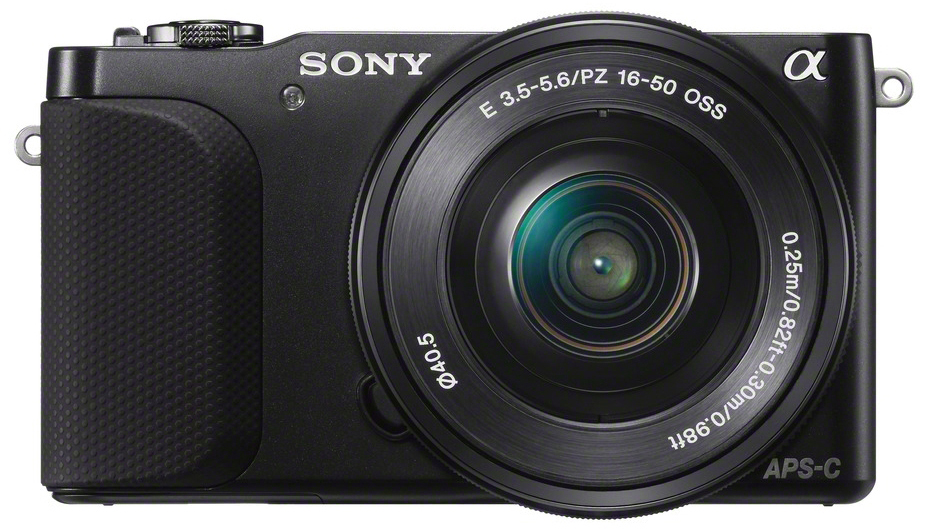Why you can trust TechRadar
In recent months, we have been extremely impressed by the output from NEX cameras, such as the Sony NEX-5R and the Sony NEX-6. As such, we had high hopes for the Sony NEX-3N, which promised to offer similar image quality in a smaller (and cheaper) body.
Happily, we have not been disappointed by what the Sony NEX-3N is capable of producing.
That APS-C size sensor is capable of resolving a fantastic amount of detail, while smudging is practically non-existent at the lower ISOs. Some image detail is lost as the sensitivity starts to nudge towards higher values, such as ISO 6400, but even then detail is still impressively sharp.
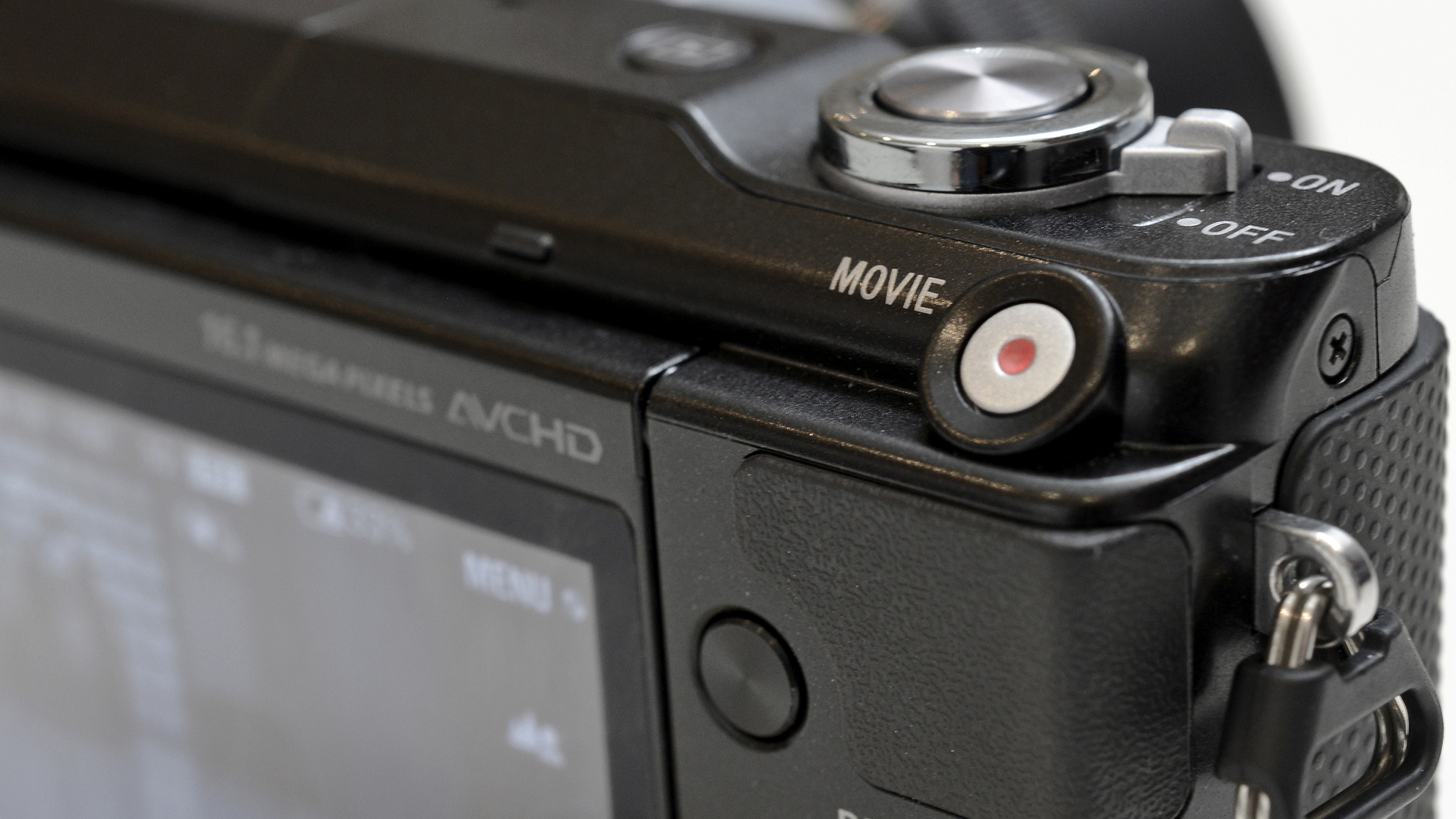
Noise is kept under control, even at very high ISO values, such as ISO 3200. Zooming right in at 100% does show evidence of some smoothing and noise, but at normal printing and web sizes it's barely noticeable - very impressive for those who like to shoot in low light.
Generally, the Sony NEX-3N's automatic white balance does a good job of producing images with accurate colours, only slightly struggling when in mixed lighting conditions, where it favours warmer tones. In this situation, switching to a more appropriate white balance setting helps to get better colours.
We found that the camera's Multi (general purpose) metering does a good job of producing accurate exposures, not being thrown too much by scenes with areas of high contrast.
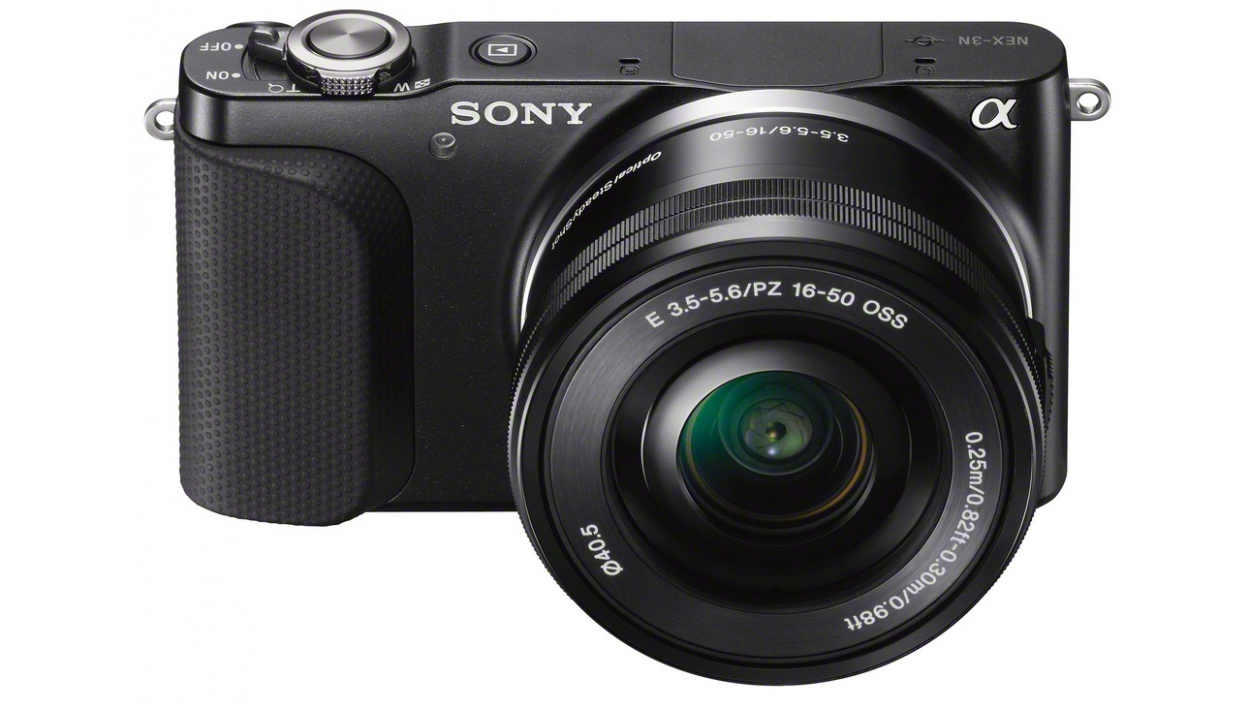
Colours are represented well, being bright and punchy without being overly vibrant. Skies are reproduced particularly well, not suffering from cyan tones as has happened with Sony cameras before.
You can experiment with the way colours are reproduced by entering the Creative Styles. Here you'll find options such as Vivid and Black and White. These are a good option to use if you want to shoot in raw format, since you'll have a clean version of the image to work with should you choose.
Black and White mode gives a particularly attractive rendering, and you can also make changes to the contrast depending on the look you want to go for.
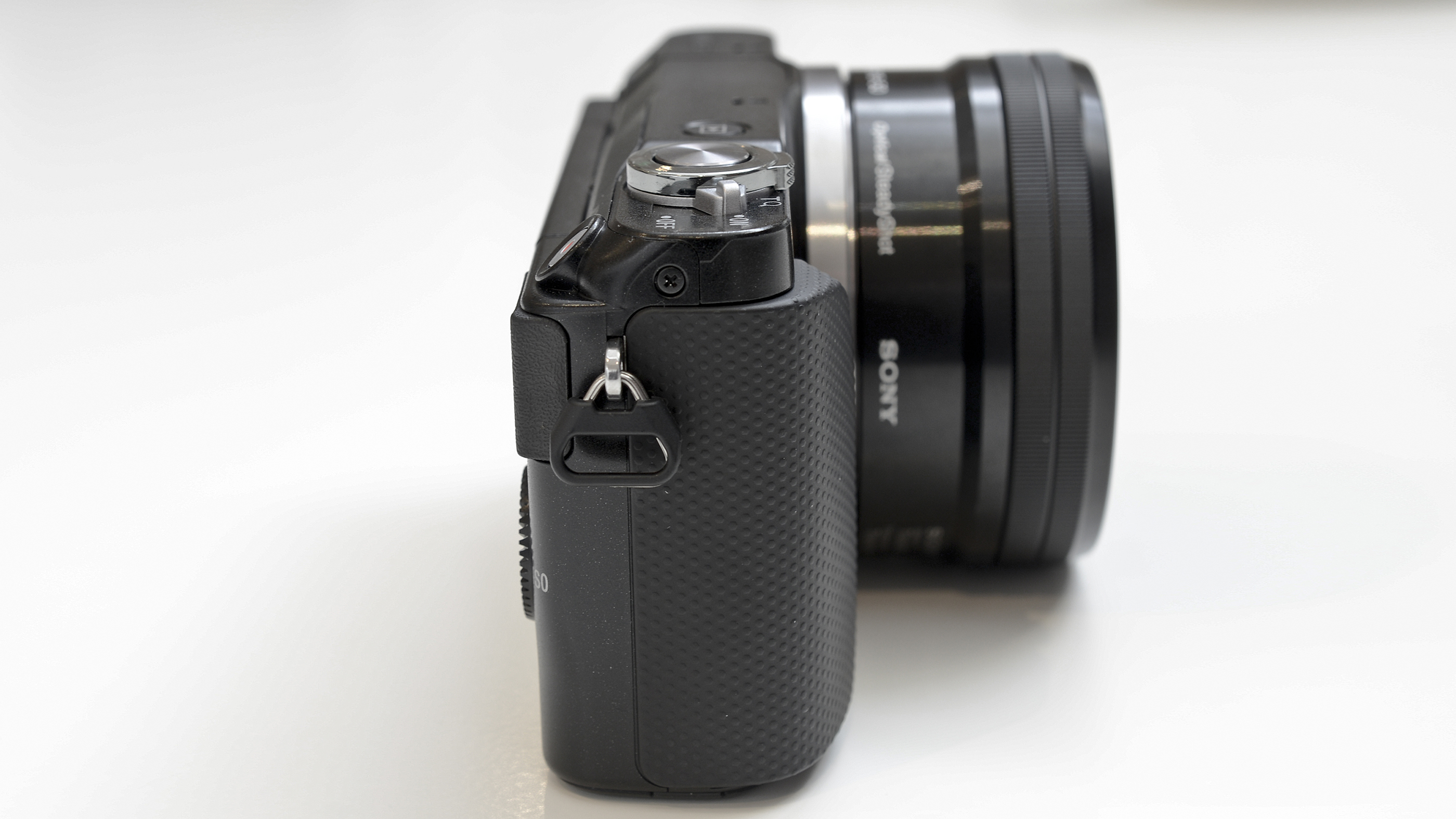
Alternatively, Sony has included a wide range of Picture Effects. While these can't be shot in raw format - so you're stuck with them even if you change your mind - there are some great effects to experiment with here.
With plenty to choose from, such as Toy Camera, Pop Colour and High Contrast Monochrome, several are also customisable. For instance, Toy Camera has different options, such as Cool and Magenta toning. It's worth spending some time getting to know the various options available.
Unlike Panasonic, Sony doesn't make bold claims about its autofocusing speeds. While the Sony NEX-3N is capable of locking onto the subject quickly and accurately most of the time, at other times it seems to mysteriously struggle - even while shooting in good light. Autofocusing speeds also dropped when shooting in low light, but not enough to be a concern for those who like to frequently shoot in such conditions.
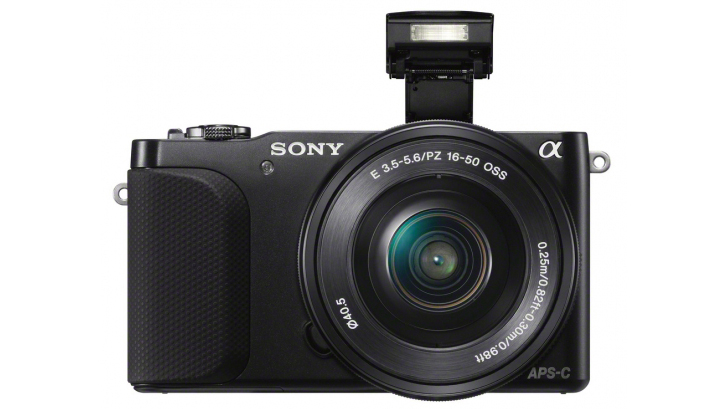
The latest version of Bionz processor is found in the Sony NEX-3N, which facilitates its speed. We found that write times were very quick, with shot-to-shot time, even while shooting in raw format, being more than acceptable.
Write speeds when shooting multiple frames, such as for an HDR effect or when shooting in burst mode, are slower, but you're not waiting around too long for the camera to finish processing.
As the camera has a large (APS-C format) sensor, you can get really creative with shallow depth of field effects, even when using the kit lens with its maximum aperture of f/3.5. Out of focus areas are rendered beautifully, with the drop off in focus looking natural and attractive.
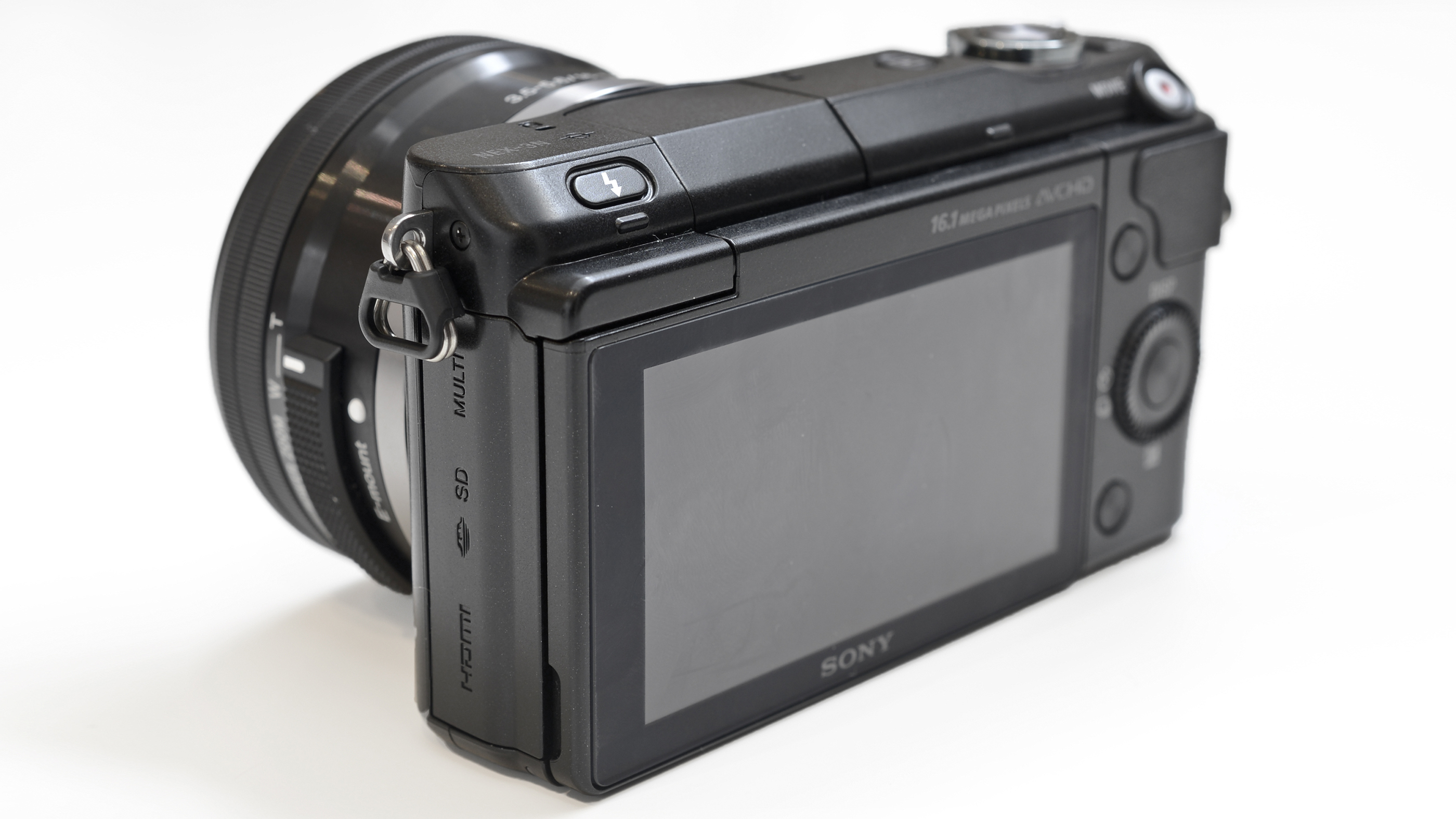
Sony was the first company to introduce the now common Sweep Panorama effect. That is, moving the camera across a scene in a sweeping motion to produce a panoramic image. The Sony NEX-3N also has this facility, and it's a fun way to capture ultra-wide landscapes. It can take a bit of practice to get the sort of fluid motion required for a good stitch, but once you've mastered it the results are pretty good.
Surprisingly for a camera of its size, the Sony NEX-3N manages to fit in a tilting screen. Though it's not fully articulated, it does flip up, which is useful for both self-portrait taking and for positioning the screen to avoid glare and reflections.
At 460,000 dots, the Sony NEX-3N's screen is relatively low resolution by comparison to several others on the market, but it still provides a bright, clear angle of view.
Amy has been writing about cameras, photography and associated tech since 2009. Amy was once part of the photography testing team for Future Publishing working across TechRadar, Digital Camera, PhotoPlus, N Photo and Photography Week. For her photography, she has won awards and has been exhibited. She often partakes in unusual projects - including one intense year where she used a different camera every single day. Amy is currently the Features Editor at Amateur Photographer magazine, and in her increasingly little spare time works across a number of high-profile publications including Wired, Stuff, Digital Camera World, Expert Reviews, and just a little off-tangent, PetsRadar.
